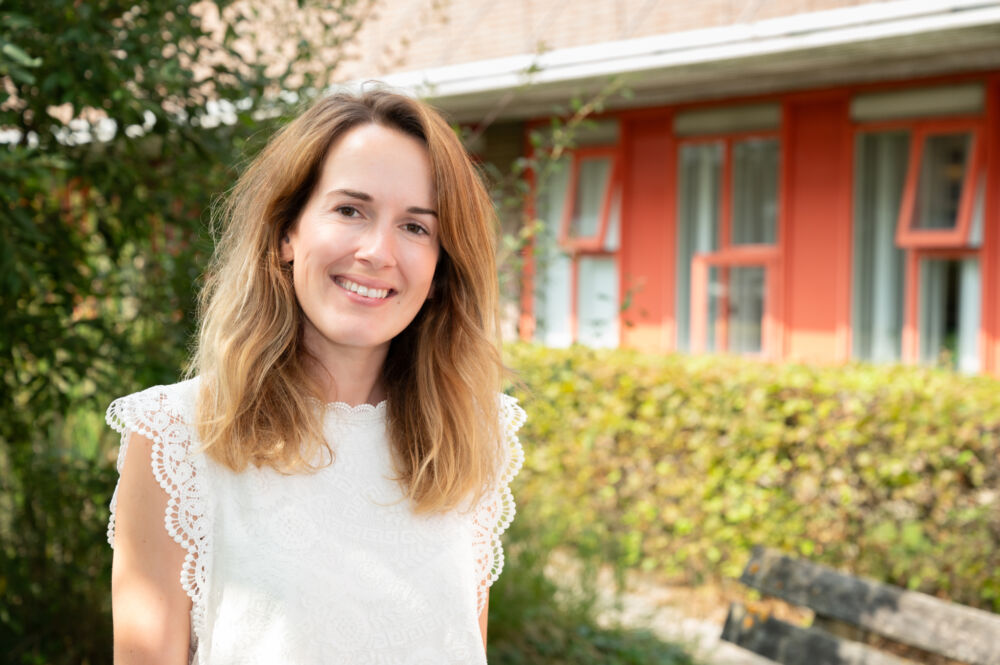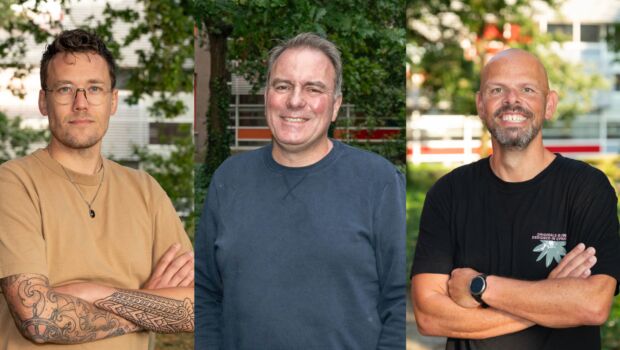Bachelor's programmes Commercial Economics and Communication work together intensively. Students partly follow the same lessons and work together on projects. The teachers form one team and can therefore be deployed broadly and efficiently. "A collaboration like this does not often occur within the HZ," say Jaap and Suzanne.
How did the collaboration between the two programmes come about?
Jaap: “During the 2015/2016 academic year, a major innovation in education took place. At first, the collaboration between the Commercial Economics and Communication programmes consisted only of meetings between the teaching teams. Ultimately, we are now one teaching team for both programs and we have a curriculum in which students from both programs partly attend the same classes, but obtain a different diploma. That is something that does not often occur within the HZ.”
Suzanne: “We took a big step right away. With the introduction of the educational innovation, we suddenly started working together very intensively. In the beginning, this was challenging, because suddenly three of the four blocks in the first year of study were combined. Now we don't know any better.”
It was challenging at first. Now we don't know any better.
Why was it decided to work together so intensively?
Jaap: “At the time, the idea was: if we are going to innovate education, we will do it drastically. In the professional field, we saw that the activities of marketing employees and communications employees were becoming increasingly similar. The employees work together intensively or the activities are combined for one marketing and communications employee. So we also implemented this intensive collaboration in education. That brought with it the necessary tension. On the one hand, as an education you want to preserve your own identity, on the other hand you want both students and teachers to reap the benefits of this collaboration. We are still working on this within the education cluster.”
Students from both programs are in class together. How else do they work together?
Suzanne: “For example, in the Marketing Communication block, students from both programs work together on a marketing and communication plan. A Communication student will work on an identity analysis, just like a communications officer would do in the field. A Commercial Economics student will work on a pricing or distribution policy. All of this together forms a complete marketing and communication plan. So the students work together a lot, take classes together, but we do make sure that they are working on their own program-specific competencies.”

What are the challenges within this collaboration?
Jaap: “Maintaining the uniqueness of the program is very important for students. For us as lecturers, it was a challenge in the beginning to merge the teams. We now really see ourselves as lecturers of both programs. We can handle both disciplines very well. We see this in teaching situations, but also in coordinating internships, and supervising and assessing graduation. This allows us to work more efficiently. The lecturers within our team can be fully deployed within both programs.”
Suzanne: “We really are one team, indeed.”
In the field of work, the two professions increasingly overlap, so what is the reason that we have two separate courses?
Suzanne: “There are real nuances within the courses. Within the Commercial Economics course, there is more sales, entrepreneurship and marketing. For example, a Communications student will work with government communication, more on the non-commercial side. I think it is good that students also have blocks with their own class and their own specific learning material and competencies. Students consciously choose a specific course and also expect to see this reflected in the four years that they are with us.”
Jaap: “Commercial Economics and Communication are also still two nationally recognized courses of study. We consciously choose not to narrow our portfolio if they are both nationally valued courses.”
This is a good example of interdisciplinary collaboration.
We have discussed what this collaboration means for students and lecturers, but what does it mean for HZ?
Jaap: “I think this is a good example of interdisciplinary collaboration. Satisfaction among both students and lecturers is high. We score well in the Keuzegids hbo. The well-known parameters are in green. This collaboration can be an eye opener for other programs within HZ. We see the number of students decreasing around us. From a business perspective, we have to ask ourselves: when is a program still viable? What steps can and should we take? A collaboration between two programs where the field of work already has a lot of overlap can therefore work well.”







